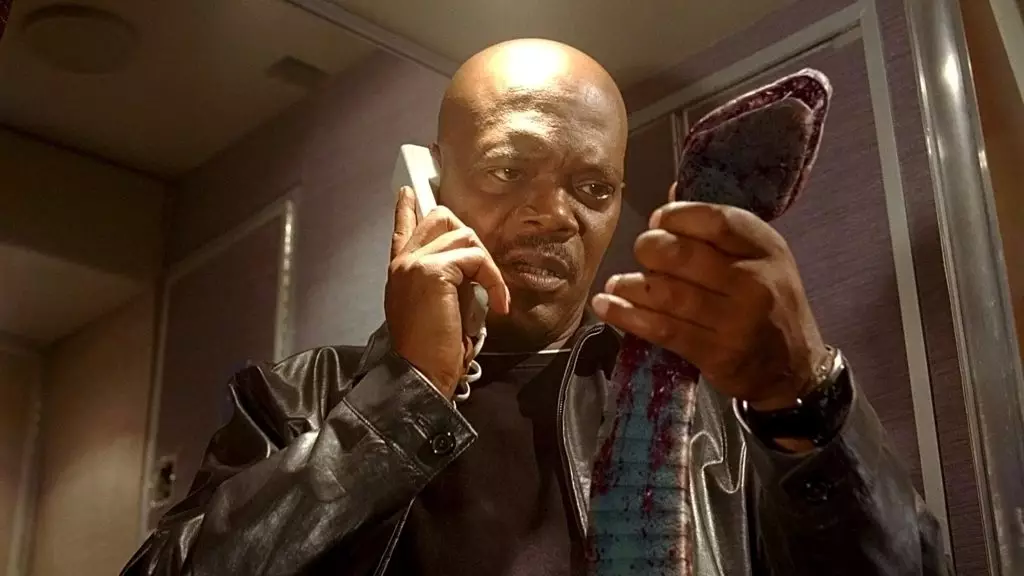In the ever-evolving landscape of cinema, rating systems significantly influence the creative choices filmmakers make. One notable instance of this is the case of Samuel L. Jackson in the cult classic “Snakes on a Plane” (2006). Jackson, a veteran actor renowned for his dynamic roles and captivating dialogue, found himself embroiled in a dispute over the film’s rating, which could have severely limited the impact of his character and the film’s narrative. This conflict between an artist’s vision and financial considerations sheds light on broader themes in filmmaking and audience expectations.
Initially, “Snakes on a Plane” was intended to be a PG-13 film, a move that would have necessitated significant alterations to character dialogue, including the elimination of profanity. Jackson eloquently articulated the necessity of his character’s colorful language, intuitive to both the absurdity and danger within the film’s premise: “There are motherf—ing snakes all over this plane.” His insistence on maintaining authenticity in speech exemplifies the often underappreciated connection between dialogue and character development. The pressure to conform to commercial viability—represented by the MPAA’s restrictive guidelines—raises critical questions about the role of language in storytelling and the costs of diluting an artist’s voice.
The eventual decision to reshoot scenes to accommodate Jackson’s insistence spurred significant financial repercussions. The studio had to allocate substantial funds to address the compromises made previously, showcasing that the balance between maintaining creative essence and maximizing box office earnings is fraught with challenges. Despite mixed initial reviews and a somewhat underwhelming global box office total of $62 million—far below New Line Cinema’s expectations—this counterintuitive investment in reshoots ultimately proved worthwhile. The film embraced its inherent campiness, celebrating its outrageous premise.
Jackson’s iconic line, forced into creation through the contentious journey of the film’s production, has transcended its original context. It has become a hallmark of pop culture, emphasizing how elements considered excessive in mainstream storytelling can instead carve out a niche in the collective consciousness. In this instance, the film’s success in appealing to a certain demographic may not solely reside in its terror-filled narrative but rather in its unabashed embrace of absurdity and humor that invites audiences to revel in over-the-top scenarios.
In a world where filmmakers often capitulate to the whims of commercial interests, “Snakes on a Plane” serves as a compelling reminder of the importance of creative authenticity. The sacrifices made in favor of a more liberated rating allowed Jackson’s character to shine in perfectly chaotic harmony, underscoring his dialogue’s power and cementing the film’s position in cinematic history. Ultimately, “Snakes on a Plane” stands as a testament to the joys of embracing the bizarre, promoting the idea that sometimes, extreme choices can lead to unexpected treasures in art.

